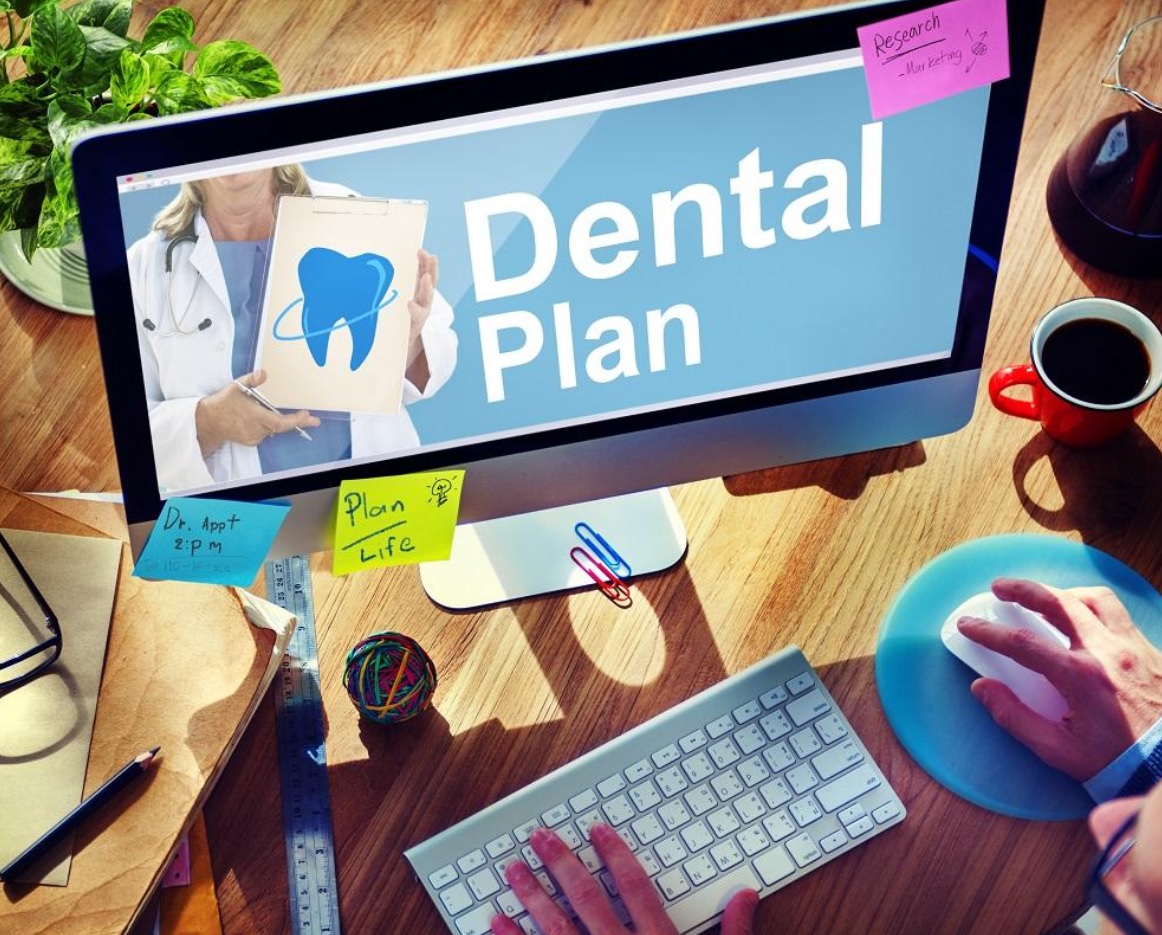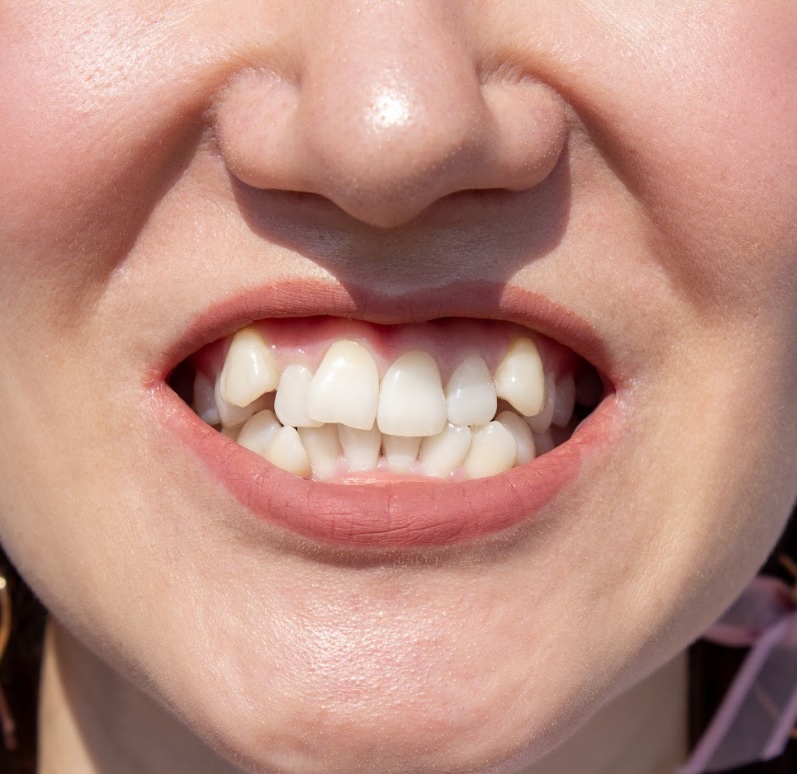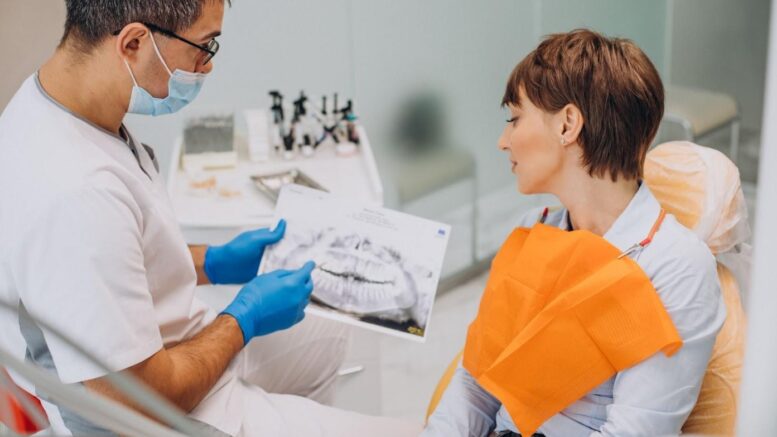Dental services were never cheap, and we all know this. But recent economic difficulties, along with rising inflation, have made dental costs go sky-high. Therefore many people now can’t afford dental care and are terrified of what to do in case of a sudden toothache. This raises the question, “What to do if I need dental work but have no money?”
Luckily, we have some options to offer to low-income adults and children. Below you can find several tips on how to pay for emergency dental with no insurance and no money.
Dental Care Statistics: Key Takeaways
- Around 130 million Americans (nearly 40% of the entire population) don’t have dental insurance.
- In 2020, nearly 750,000 Americans sought teeth treatment abroad to save money on dental costs.
- Mexico, Panama, and Costa Rica are among the most popular countries Americans visit for dental tourism.
- Connecticut, the District of Columbia, Massachusetts, Hawaii, and New Jersey are states with the best dental health. Texas, Mississippi, Louisiana, West Virginia, and Arkansas come with the worst dental health.
- Alabama, Kentucky, Mississippi, Tennessee, and Texas are states with the lowest dental treatment costs. On the other hand, the most expensive states are Connecticut, Maine, Massachusetts, New Hampshire, Rhode Island, and Vermont.
- Nearly 13.2% of children aged between 5 and 19 have untreated dental caries. The number grows to 25.9% when it comes to adults aged 20-44.
How Much Does Dental Treatment Cost?
The exact amount varies largely depending on the type of dental work you need and the dental clinic you turn to. Below is the table with the approximate costs of some popular dental procedures:
| Dental Procedure | Cost |
| Teeth Examinations and Cleanings | $75-$200 |
| Dental Crowns | $500-$3,000 |
| Root Canal | $300-$2,000 |
| Composite Fillings (per tooth) | $150-$450 |
| Tooth Extraction | $220-$400 |
| Dental Bridges | $1,500-$3,000 |
| Dental Implants (per tooth) | $1,500-$4,500 |
| Root Planing | $140-$300 |
| Dental Veneers (per tooth) | $925-$2,500 |
| Professional Teeth Whitening | $300-$1,000 |
| Wisdom Teeth Removal | $75-$3,000 |
| Dental Reconstruction (full mouth) | $30,000-$150,000 |
| Dentures | $600-$3,000 |
6 Tips on How to Pay for Dental Work With No Money
Your oral health is important, but unfortunately, your budget may hold you back from improving it. If you’re in such a situation, here are a few tips on how to access low-cost dental care or even get free dental work.
1. Attend Dental Schools
If you’re looking for free or low-cost dental treatment, there’s a great way to get it while contributing to the testing of new treatment methods. Simply visit a local dental school and let it know that you want to become a volunteer. This way, you will not only help dental students improve their skills but also get low-cost or free dental work. In most cases, you will be asked to pay for materials only.
More than that, some schools and universities may pay you for becoming their test subject. This way, you will be asked to meet a few particular study’s criteria. Of course, this option comes with several risks. However, all tests and works are typically guided by the mentor, who is a professional. If you want to get acquainted with active clinical trials, visit the National Institute of Dental and Cranial Research website.
2. Search for Free Dental Clinics or Community Health Centers
If you’re searching for emergency dental with no insurance and no money, this option can meet your needs. Turn to charity organizations or dental clinics in your area and ask them whether they donate dental services. However, as there may be too many people willing to access free services, the wait list is usually long. Thus, this option won’t suit you if you have acute pain in the tooth and need emergency treatment. Also, keep in mind that a dental clinic may set income cut-offs, so you need to ensure you meet them first.
You can also turn to community health centers and public dental clinics that allow vulnerable individuals and households to access primary dental services at reduced prices. Simply put, they allow them to pay only the amount that they can afford based on their monthly income.

3. Consider Donated Dental Services
Services like Dental Lifeline Network and Mission of Mercy are national charity organizations that provide free dental services by using donated materials and the labor of volunteer dentists. They offer various procedures for adults, children, and seniors across the country. Visit the programs’ website and learn about options, locations, and upcoming dates available in your area.
4. Apply for Dental Loans
Although loans are always debt that needs to be repaid, they can help you reduce the burden of covering your treatment costs all at once. If you don’t have the needed amount on hand, you can seek help from a lender. It will provide you with a lump sum deposit and allow you to repay the borrowed amount plus interest in affordable monthly installments. You can choose the repayment period that will most fit your budget, but the maximum term is commonly 60 months.
In fact, dental loans are just a form of personal loan. These loans are typically offered by traditional financial institutions. Therefore, you need to meet a lender’s minimum credit score requirements to get one at favorable terms. If you have unsatisfactory records in your credit report, you can get a dental loan for a bad credit score from an alternative lender or an online connecting company. As they usually make no credit checks, they accept borrowers with bad, poor, or even no credit. But get ready to be offered higher interest rates compared to regular personal loans.
5. Use a Credit Card
If you have a valid credit card with a high enough available balance, consider using it to pay for dental work. Many clinics accept credit cards, making it easier for patients to manage their dental expenses. Additionally, issuers often offer 0% APR credit cards. They have free-of-charge periods that can be up to 24 months. Within this period, no interest will be applied to the amount you’ve used. Thus, if you manage to repay the funds within the term, you won’t overpay.
Additionally, you can apply for a medical credit card that can be used to cover a wide range of medical expenses, including dental bills. Such cards also come with deferred periods, allowing you to avoid paying interest if the loan amount you use will be returned within this term. However, to get a medical credit card, you need to undergo a hard credit check and have an acceptable credit score.
6. Learn More About Dental Savings Plans
Dental savings plans, also known as dental discount plans, can provide you with a significant dental cost reduction at participating dentists after you sign up and join a membership. Then, you need to simply pay an annual fee, which is typically around $150. If you find it difficult to deposit this amount right away, you may buy a membership for one fee and split the remaining cost into monthly installments.
Once your discount plan is active, you can make an appointment with a participating dental service provider and let it know that you have a discount plan. This way, you will be charged at a discounted rate. That’s how this option can help you save money in the long run.
Other Options to Cover The Costs of Dental Procedures
If the options above don’t work for you, consider the following alternatives.
In-Store Financing
Some dental clinics offer installment payment schedules to individuals who can’t pay for dental work in one lump sum. This financing often comes with no additional charges, so you won’t overpay for your dental treatment but will be able to split the whole amount into several payments. However, not all dental care clinics offer financing options, so you need to contact your dentist first.
Dental Insurance
As regular medical insurance plans typically don’t provide dental coverage, there are specific plans designed especially for your dental costs. Although dental insurance plans are not cheap, they can help you save significantly in the long run. By making fixed monthly contributions, you can get dental coverage for certain procedures and works, depending on your insurance plan. Also, pay attention to the yearly caps that your insurance provider may set. Some of them, for example, have up to $2,000 limits.
On average, Americans pay between $20 and $20 for their individual dental insurance on a monthly basis. For a family, the monthly contribution can be between $50 and $150. But keep in mind that not all dental procedures can be covered by your dental insurance plan. Thus, out-of-pocket expenses can occur at any moment. But still, dental insurance can at least reduce the amount you need to pay with your own funds.
Governmental Dental Coverage
Federal dental programs are typically offered to certain groups of individuals who meet their eligibility requirements. They provide free or low-cost dental care to needy people, so, in most cases, you need to meet federal poverty guidelines. However, eligibility requirements may vary depending on the certain program. Below are some examples.

Medicare
Medicare is a federal health insurance program designed for people aged 65 or older, as well as younger people with disabilities. Eligible individuals can get dental coverage, provided that dental work is part of a necessary procedure. However, you can also enroll in a Medicare Advantage Plan (Part C), which provides various dental benefits and can cover teeth cleaning, extractions, X-rays, and more.
Medicaid
Medicaid is a program that allows low-income citizens and legal immigrants to access health insurance, including some free oral care services. To meet the program’s eligibility requirements, your gross monthly income must be below the poverty guideline in your state. Additionally, you need to be under 65 years old. The level of coverage depends on your state.
CHIP
Children’s Health Insurance Program (CHIP) is an alternative to Medicaid for children and families with less financial need. Therefore, the maximum income requirements for CHIP are higher than those for Medicaid. However, your family’s gross monthly income still needs to be not enough to buy private insurance. CHIP members can typically access the following services:
- Exam cleanings
- X-rays
- Crowns
- Fillings
- Teeth removal, and more
Programs Backed By The Health Resources and Services Administration
The Health Resources and Services Administration finances various programs that provide dental coverage for the highest-need communities. If you’re at risk of developing medical problems but have no money to pay for dental treatments, visit its website and learn more about the programs available.
Bottom Line
If you need additional financial assistance to cover dental work costs, you’re among nearly 57% of Americans. But don’t worry. You can still find affordable dental care, even if you’re on a low budget or don’t have money at all. We hope this article will help you access free treatment or at least handle your dental bill with no stress so you can afford some affordable endodontics in Austin or anywhere else.
Article edited and fact checked by our editorial team.
References:
- Centers for Disease Control and Prevention (CDC). Oral and Dental Health. Last Reviewed: December 18, 2023.
- Guay AH. Dental practice: prices, production and profits. J Am Dent Assoc. 2005 Mar;136(3):357-61; quiz 380-1. doi: 10.14219/jada.archive.2005.0177. Erratum in: J Am Dent Assoc. 2005 Apr;136(4):446. PMID: 15819350.
- Nasseh K, Bowblis JR, Vujicic M. Pricing in commercial dental insurance and provider markets. Health Serv Res. 2021 Feb;56(1):25-35. doi: 10.1111/1475-6773.13544. Epub 2020 Aug 26. PMID: 32844447; PMCID: PMC7839642.
- American Dental Association . Dentists’ practice ownership is declining. Health Policy Institute Infographic. 2018.
- Crall JJ, Beazoglou TJ. Relationships between price and two components of quality of dental services. J Public Health Dent. 1989 Summer;49(3):153-7. doi: 10.1111/j.1752-7325.1989.tb02052.x.
